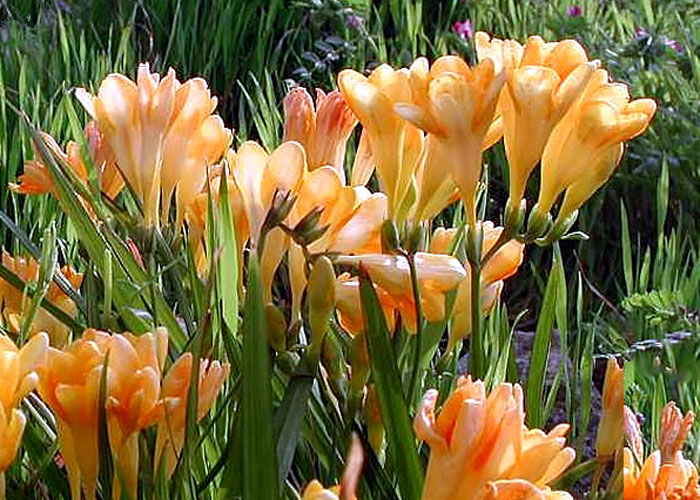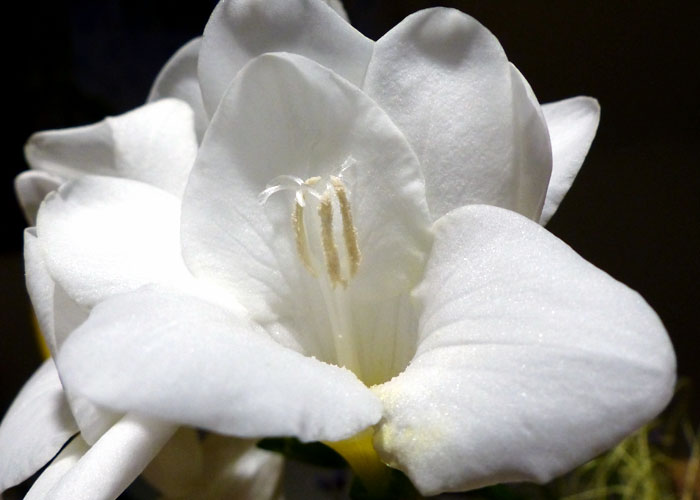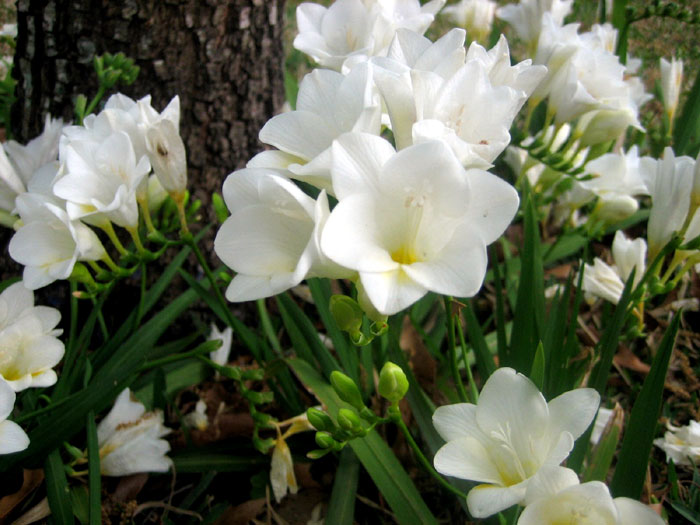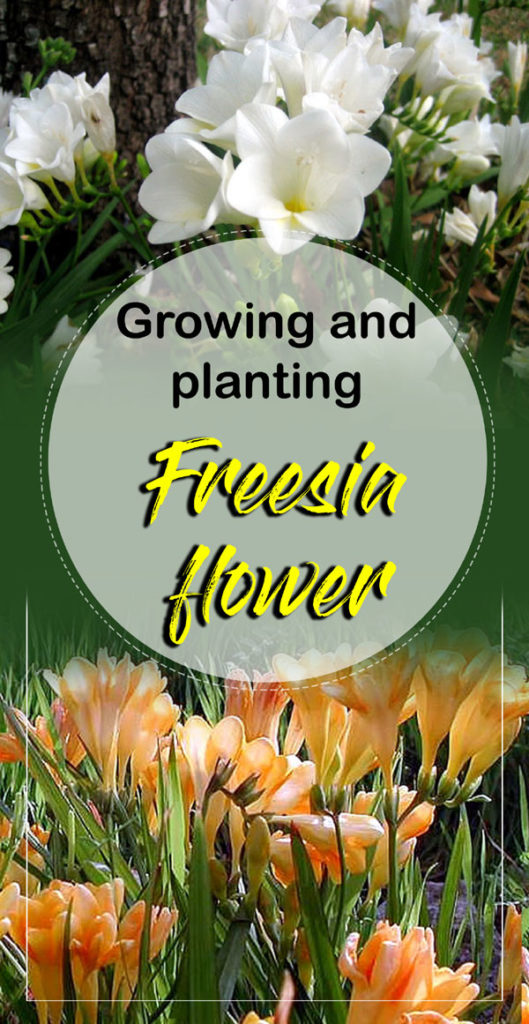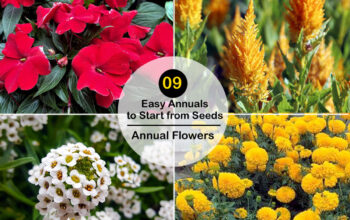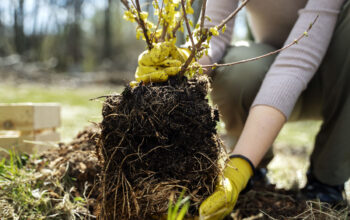Freesia flower
Freesia is a highly decorative and aromatic flower grown from the bulb. Freesias add an attraction for the flower arrangement, and these flowers are mostly used for cutting and display of the flowers. learn Growing and planting Freesia flower, Propagation, How to grow Freesias in a pot, freesia bulbs and Pest problems with freesia plant, and more about freesia flower.
Freesias are easy to grow in both the ground and the containers. After planting, these plants continue to produce flowers for approximately blooms 12 weeks. Once the flower starts, Freesia flowers will finally stay in months. See the following articles for the successful planting and cultivation of this beautifully scented flower plant.
Classification freesias
Scientific name Freesia
Common name Freesia
Plant type flowering plant
Sun required Full Sun
Flower color white, yellow, orange, red, pink, mauve, purple and bi-colors
Blooming time July to September or February to March
Soil Well-drained, Fertile soil
Soil PH 6.5- 7.0
Zone 9-11
Growing information Freesia plant
Soil and location
Freesia likes the presence of the full sun, so choose the places where the sunlight takes at least 8 hours, if you want to develop it in the shade, then it will not bloom. It is a long period of blossoming in the presence of the sun. These plants should be fertile soil, but changing soil pH is generally not required. Dry and good drainage soil is best, this plant requires lots of water When the water is logging, the bulb cause at risk of rot.
To see the potential for soil drainage, fill the water by digging the hole in the soil, if the water remains in the hole or turns out very slowly, then you need to improve the soil, you will have to add some material, like compost, peat, sand or other organic matter to the soil.
Planting and spacing
- Loose the soil of the garden, dig the hole in the garden and plant the bulb 2 “deep and 3” apart. Keep the position of the bulb pointy ends up.
- After planting the bulb, cover it with soil around it, and give your own well. Let it develop in the winter so that it produces flowers in abundance in the spring. When flowers start production, you should use it for flower bouquets and fragrances.
- After planting, it takes 10 to 12 weeks for the blossom. You can plant a bulb by making a weekly interval, which can increase the blooming season.
- USDA hardiness zone 9 and warmer areas, you can plant freesia corms in the fall. In the cooler areas, you apply corms in the spring.
Watering
Keep lightly moisture in the soil. Do not give more water, more water can cause corms to rot. For this, moderate humidity is approximately 40-50% relative. If indoor air is dry, then look for measures to increase humidity for your home plants.
Fertilizer
When you see buds in the plant, then feed every two weeks till the end of the flower. For this, you use half-diluted high-potassium liquid fertilizer.
Propagation freesia bulbs
Freesia bulbs will not bloom in the house for the second time. They produce offsets that you can replant. After the blossoming of flowers is closed, let the foliage die naturally back, separate the stems, then remove the offset and store it in a dry place. When the land starts heating in late April, then plant it again.
How to grow Freesias in a pot
- Choose large size containers for good performance of Freesias. Fill in the containers good quality and well-drained soil. You can use it commercially available potting mix, or make good soil at home.
- Before planting, make sure that the drainage hole is on the surface, as the freesia bulbs will rot when the drainage is not proper.
- Plant bulbs 2 “deep and 2” apart for the fantastic performance of Freesias in a big pot. Keep the position of the bulb pointy ends up. Place pot in a full Sun after planting.
- After planting the bulb, arrange the soil around it, and water the containers well, so that the soil will be well set, its root will grow in the fall and the plant will evolve, the spring will bring you good flowers.
- If you wish, separate some flowers with the help of scissors, it will not damage the plant and enjoy flowers in the pots.
- After the blooming season ends, leave the leaves in the position, do not cut it apart, because the leaves collect sunlight, and make food through photosynthesis, so that the freesia bulbs gets strengthened.
- Water must be done during the plant’s growing period, it requires about 1 “water per week. Water should be given regularly in more heat environments.
- In late summer, its leaves become yellow and the plants become inactive. At this time you can remove the leaf. Now your freesia will rest before the next growing cycle. Read more.
Cut Flower
In yellows, blues and whites, the freesia flower can survive in the vase for a long time compared to reds and pinks, this is the reason that these are good cut flowers. If you buy these flowers or you make a bunch in the house, add one teaspoon of thick bleach and two spoons of sugar syrup in 1 liter of water and use it in the vase, it will increase the life of the flowers by about 20%. It is also called the development of the buds and it is said that the aroma of the flowers also increases.
Freesia care
- The care of your freesia is very easy and any newbie gardener can do. This is an ideal plant, it requires only a little care.
- Freesia cannot tolerate temperatures below freezing, so they should be carried out in the cold winter place. Mostly it is grown in the container, so the bulb is easy to get into the shelter from the cold.
- Plant fertilizers in the spring according to label instructions.
- Once the plant leaves dry up, open the bulbs and separate them. Place the bulbs in a dark place, where appropriate ventilation occurs.
- Separate the flowers after dying. Leaves become yellow, do not separate them, because if they are still functional.
Pest problems with Freesia
- Well, for freesia you do not need to worry too much, but there are still some common problems that it usually bothers.
- Small-sided aphids, sap-sucking insects, due to which the leaves and flowers become twist and become sufficiently yellow in color. And if you do not have constant spraying or proper care, then problems can arise. Keeping the ants can be beneficial for you at this time. Slugs and snails can also be a problem for this, if you suspect them take off the flashlight at night and remove from hand as soon as possible or, regularly spray diatomaceous earth.
- Bacterial soft rot which spreads due to bacterial infection starts in the form of small water spots on leaves or stems or blooms and later spreads much if the plant becomes more infected then destroys it.
- Fusarium wilt is another problem, due to which the entire plant is destroyed. This fungus is inactivated in the pathogenic soil, which infects the plant. Improve drainage and make changes in the soil.
- Yellow to green water-soaked spots are signs of Iris leaf spot. After blossoming the plants become more infectious. the better draining site is a good improvement for this.
Read also: Anthurium plant Growing indoors. Princes flowers growing in containers. Garlic vine growing in containers. 11 Best winter flowers for your garden. Celery growing in containers. Growing Black peppers in containers. Know how to grow Pansy flowers. Jade Plant growing indoors. Onions growing in containers. Ranunculus flowers growing guide. Best flowers for Bees and Butterfly. Cantaloupe’s growing and caring tips.
Happy Gardening.
To remind you of my growing tips, pin this image on Pinterest one of your gardening boards.
For pin:

